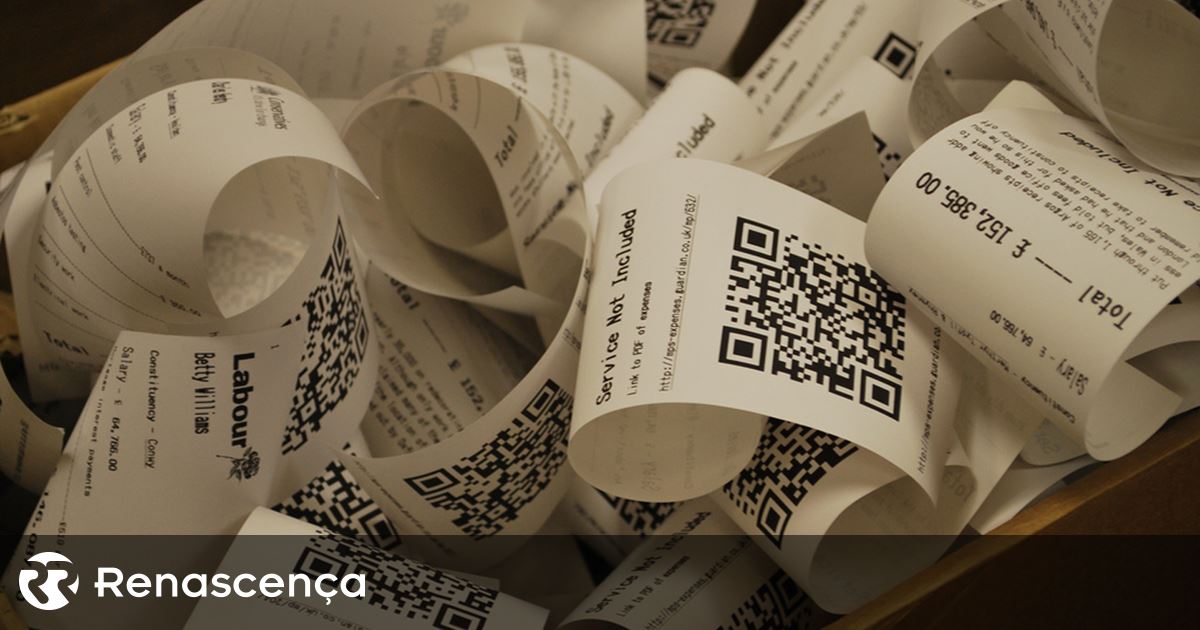
In the world of retail, restaurants, and various service industries. The receipt rolls are ubiquitous. They are an essential component for businesses that require printed transaction records. However, if you’ve ever found yourself wondering, “What are receipt rolls called?” you’re not alone. This question might seem simple. The terminology can be quite diverse, depending on the context and specific use cases. The types of receipt rolls, their applications. Why understanding these terms is crucial for businesses.
Common Terminology for Receipt Rolls:
Receipt rolls are often referred to by several different names. Each reflecting a particular aspect of their use or their material composition. Here are some of the most common terms. These are perhaps the most widely recognized type of receipt roll. Thermal paper rolls are coated. With a special chemical that changes color when exposed to heat. This eliminates the need for ink or toner, making them a cost-effective and low-maintenance option for many businesses. Another common term, cash register rolls, specifically refers. To the receipt paper used in traditional cash registers. These rolls can vary in size and type. They serve the same basic function of recording transactions.
Types of Receipt Rolls:
The type of receipt roll used depends largely on the printing technology of the device in which it is used. Here are the main types of receipt rolls. As mentioned earlier, thermal receipt rolls coated. With a heat-sensitive material that darkens when exposed to a thermal print head. This type of paper is favored for its simplicity, speed, and reliability. Thermal printers are quiet and require minimal maintenance. Since they don’t use ink ribbons or toner. The Thermal receipts can fade over time, especially when exposed to heat or sunlight.
Bond Paper Rolls:
Bond paper rolls, also known as plain paper rolls, are used in impact printers. These printers use a ribbon to transfer ink. Onto the paper through mechanical pressure. Bond paper is durable and provides long-lasting print quality. It is often used in environments. Where receipts need to be archived or handled frequently.
Carbonless Paper Rolls:
Carbonless paper rolls are used in situations where duplicate receipts are required. They consist of multiple layers of paper coated with reactive chemicals. When pressure is applied through writing or printing. The chemicals react to create copies on the subsequent layers. This type of paper is commonly used in restaurants and service businesses. Where both the customer and the business need copies of the receipt.
Applications of Receipt Rolls:
1. Retail Stores:
In retail, receipt rolls are essential for providing customers with transaction records. Which are necessary for returns, exchanges, and record-keeping. Thermal receipt rolls are particularly popular. In this sector due to their speed and efficiency.
2. Restaurants and Cafés:
Restaurants use receipt rolls to print order tickets in the kitchen. They provide customers with their bills. Carbonless paper rolls are often used here to create multiple copies. For different staff members.
3. Banking and ATMs:
ATM machines use thermal paper rolls to print transaction records for customers. These receipts provide important details about withdrawals, deposits, and balances.
4. Gas Stations:
Gas stations use receipt rolls in their pumps and point-of-sale systems. To provide customers with records of fuel purchases. This is crucial for both customer satisfaction and accurate record-keeping.
5. Transportation:
In transportation sectors like taxis, buses, and parking facilities, receipt rolls. They used to provide fare details and parking tickets. These receipts are often printed on thermal paper for quick and efficient service.
Why the Terminology Matters:
-
Purchasing the Right Product: Knowing the specific type of receipt roll. Your business needs ensures that you purchase the correct product. This can prevent issues such as printer incompatibility and poor print quality.
-
Cost Efficiency: Different types of receipt rolls come with varying costs. By understanding what you need, you can make cost-effective decisions. That don’t compromise on quality.
-
Customer Satisfaction: Providing clear, durable receipts is important for customer trust and satisfaction. Using the right type of receipt roll ensures. That the printed information remains legible and professional-looking.
-
Compliance and Record-Keeping: Certain industries have regulations regarding record-keeping. Using the appropriate receipt rolls helps businesses comply. With these regulations and maintain accurate records.
Conclusion:
In conclusion, receipt rolls, known by various names. Such as thermal paper rolls, POS paper rolls. The cash register rolls, credit card paper rolls, ATM paper rolls. The simply receipt paper, are vital components in many business operations. Each type of roll serves a specific purpose and understanding. The terminology and applications can significantly benefit your business. By selecting the right type of receipt roll. The businesses can ensure efficient operations, cost savings, and enhanced customer satisfaction. Whether you’re running a retail store, restaurant, bank, or gas station, knowing. What receipt rolls are called and their specific uses. It will help you make informed decisions and keep your business running smoothly.